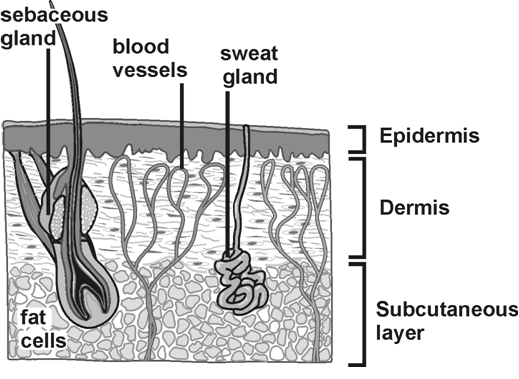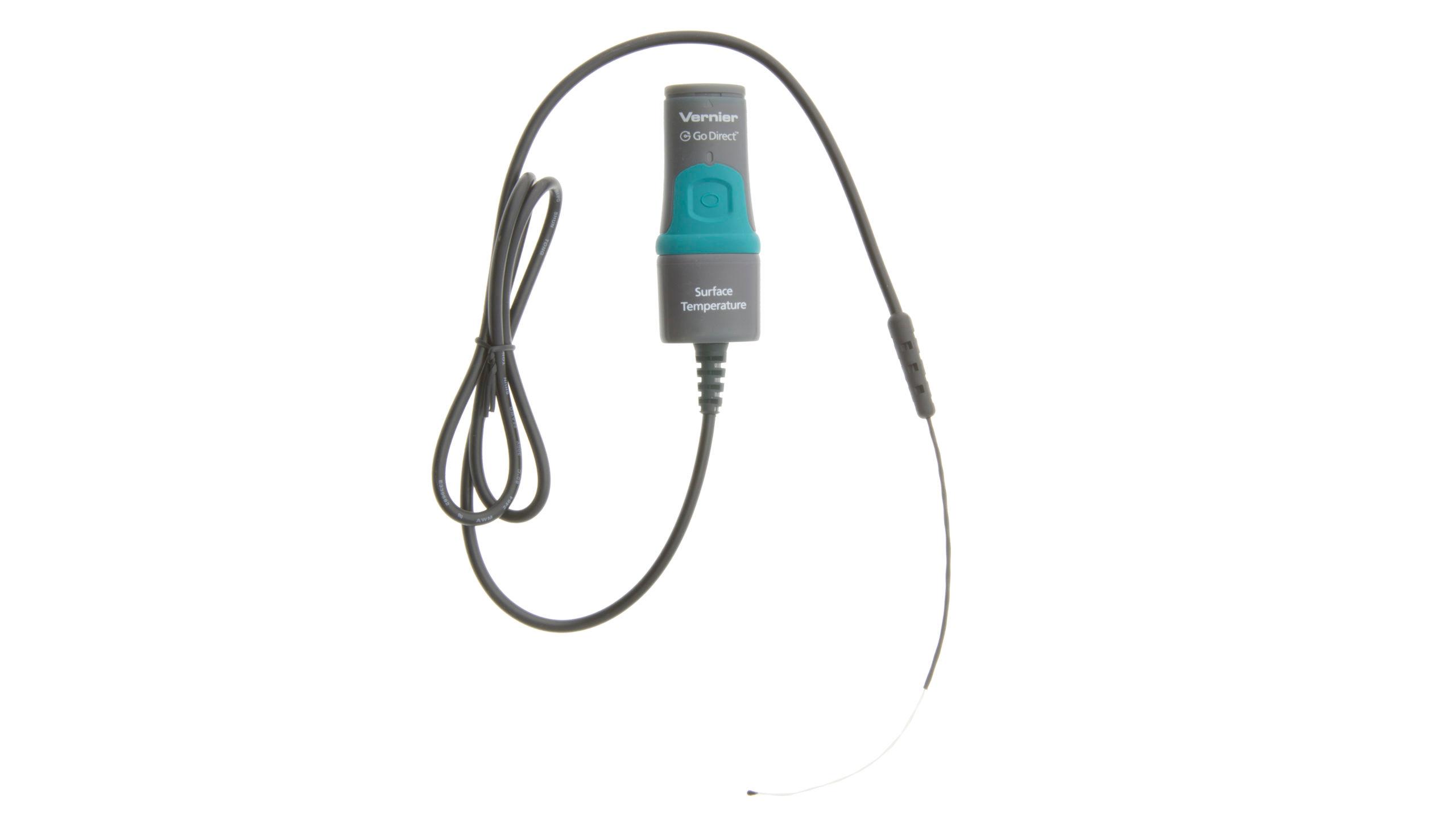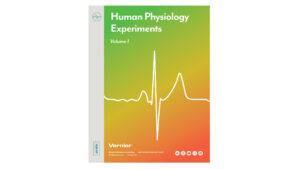
Introduction
Homeostasis refers to the body’s ability to maintain internal conditions (e.g., temperature, pH, hydration) within the narrow limits that are optimal for the continuation of metabolic processes. When these optimal conditions are disturbed by a change in the environment, body systems work to return them to normal.
Many of the chemical reactions and cellular processes necessary to sustain human life occur most readily at a body temperature of approximately 37.0°C (98.6°F). Homeostatic mechanisms work to maintain this temperature, regardless of changes in the external environment. Changes in temperature are sensed by the skin, which is well-designed to counteract these changes. Beneath the protective epidermal layer of the skin lies the dermis, which contains sweat and oil glands and a rich blood supply (see Figure 1).
The dermal tissues influence body temperature by either allowing or diverting the blood’s access to the surface of the skin. When an area is exposed to the cold, small arterioles in the dermis constrict, allowing less than normal blood flow to that area and protecting core body temperature. When cold is removed, the blood supply to the skin increases again as the arterioles dilate. Exposure to heat causes blood vessels to dilate, allowing heat to dissipate from the skin’s surface, and resulting in a flushed or red appearance. Other examples of the regulation of body temperature through the action of the skin’s blood supply include the dilatation seen with embarrassment and the constriction and resulting paleness that occurs with fear. Dilatation also occurs with ingestion of alcohol.
Human skin temperature is maintained at approximately 33°C (91°F). This temperature can be referred to as the skin temperature “set point.” Regions of skin with higher vascularity (containing more blood vessels) will return more quickly to the set point after a disturbance than regions with less vascularity. In this experiment, you will compare the rate of recovery from cold in two different skin regions and draw conclusions about the vascularity of these areas.
Objectives
- Compare the rate of recovery from cold in two different skin regions.
- Correlate rate of recovery with vascularity.
Sensors and Equipment
This experiment features the following sensors and equipment. Additional equipment may be required.
Correlations
Teaching to an educational standard? This experiment supports the standards below.
- International Baccalaureate (IB)/Sports, Exercise, and Health Science
- 7.1 The skin system
- International Baccalaureate (IB) 2025/Biology
- D3.3.5—Thermoregulation as an example of negative feedback control
- D3.3.6—Thermoregulation mechanisms in humans
Ready to Experiment?
Ask an Expert
Get answers to your questions about how to teach this experiment with our support team.
- Call toll-free: 888-837-6437
- Chat with Us
- Email support@vernier.com
Purchase the Lab Book
This experiment is #9 of Human Physiology Experiments: Volume 1. The experiment in the book includes student instructions as well as instructor information for set up, helpful hints, and sample graphs and data.


